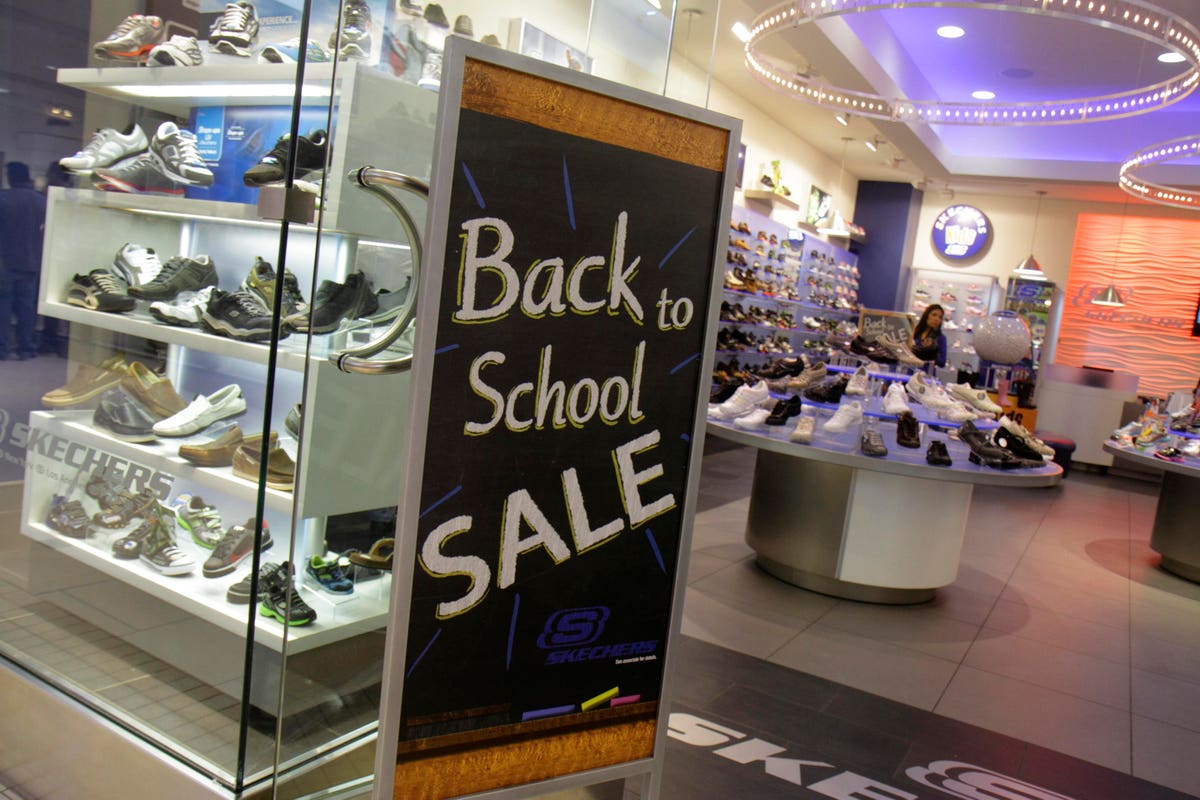Prime Day is slated to bring in over $8 billion, a 10% increase over last year. Key Prime Day categories include consumer electronics and fashion/apparel, which are typically big spending categories for back-to-school. Amazon’s
AMZN
WMT
TGT
BBY
Back-to-school is advantaged by Prime Day
This year’s significant difference for Amazon Prime Day is the competition being more aggressive with promotions and pricing. For back-to-school shoppers, this can be a considerable advantage. Nearly 80% of shoppers will conduct their back-to-school shopping in physical stores, up from 76% in 2022 and 2021, according to the back-to-school survey by Sensormatic Solutions. Amazon’s disadvantage is the lack of physical stores, whereas the other major retailers that offer back-to-school sales have locations in nearly every U.S. neighborhood. Amazon’s counterattack was to create back-to-school and off-to-college shopping guides to encourage more online shopping for these products.
While Prime Day will be a success for Amazon, it will also be the catalyst for brick-and-mortar retailers to take advantage of a captive back-to-school shopper who prefers shopping in stores. “A pleasant surprise from the survey data is that consumers still embrace buy-on-line-pick-up-in-store (BOPIS), and curbside is still important,” said Brian Field, global leader of retail consulting and analytics at Sensormatic Solutions. Although online shopping and hybrid shopping are still important, consumers want to shop in stores this year.
Key points from the survey show that when shopping for back-to-school this year:
- 79% of respondents plan to conduct their back-to-school shopping in-store, an increase from 76% in 2022 and 2021.
- 48% of respondents plan to buy online or ship to home, compared to 53% in 2022
- 34% said they plan to buy online and pickup in-store (BOPIS), compared to 40% in 2022
- 19% said they plan to buy online using curbside pickup, compared to 24% in 2022
Shoppers return to stores
The increase in in-store shopping comes as consumers are more comfortable in physical stores. “It’s very encouraging for brick-and-mortar retail as we have seen an uptick of traffic to physical stores coming out of spring and heading into summer,” said Field. Shopper traffic was down in April year-over-year by 3%, May was down by 2.8%, but then June was only down 1.6%.
Price and product availability are key factors
Consumers are less worried about the U.S. economy, with 51% of respondents stating their back-to-school budget will not be impacted or that they plan to spend more than last year, a notable increase compared to 43% in 2022. Price, however, remains the most critical factor when shopping in stores; 91% of those surveyed stated price is the most important factor, up from 83% in 2022.
“Inventory accuracy and product availability are critical factors for in-store shoppers,” said Field. The survey showed that having the product in stock and available was a key consideration for shoppers, with 75% of respondents stating this was a factor when shopping in stores. Thirty percent of survey respondents stated in-store promotions were essential, versus 16% In 2021. The survey sampled 1,000+ U.S.-based consumers.
Back-to-school spending
The total spending for back-to-school was projected last year at about $111 billion, with $74 billion of that in the college category, according to the National Retail Federation (NRF) Consumer Survey conducted by Prosper Insights & Analytics (the survey included 7,830 consumers). Amazon Prime Day will encourage more shoppers to fill the back-to-school lists earlier in the season.
Read the full article here





